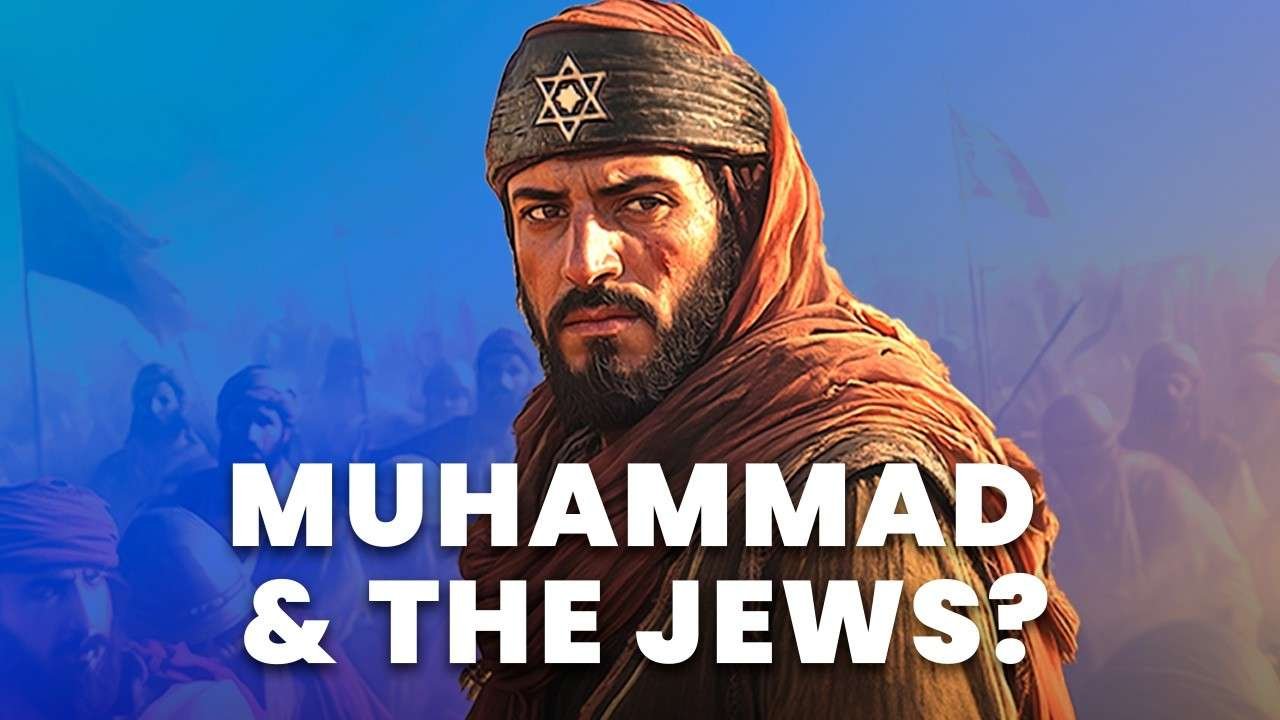The History of Jewish Tribes in the Arabian Peninsula: A Story of Religion, Politics, and Power
The Arabian Peninsula, a vast expanse of desert and oasis, has long been a melting pot of cultures and religions. Among its early inhabitants were Jewish tribes who coexisted with their polytheistic neighbors, navigating a tribal society where alliances and loyalty were paramount. These tribes thrived for centuries, but their fate changed dramatically with the arrival of the Prophet Muhammad in the 7th century CE.
Life in Pre-Islamic Arabia: A Tribal World
In the pre-Islamic period, the Arabian Peninsula was a patchwork of tribal communities, each governed by unwritten rules prioritizing loyalty to one’s tribe and its allies. Blood feuds were common, often sparked by insults or thefts and lasting generations. For the Jewish tribes of the oasis known as Yathrib (modern-day Medina), alliances with non-Jewish tribes were essential for survival.
The Jewish Tribes of Yathrib
The Banu Qaynuqa, Banu Nadir, and Banu Qurayza were the most prominent Jewish tribes in Yathrib. Known for their skills as craftsmen, traders, and farmers, these tribes were integral to the oasis economy. Their monotheistic beliefs gave them a unique status among their polytheistic neighbors. Revered for their devotion to one God, the Jewish tribes were respected for their religious practices and resilience.
Yathrib: An Oasis of Conflict
Yathrib was far from a peaceful haven. The scarcity of resources and the proximity of rival tribes led to constant skirmishes. By the 7th century, no single tribe dominated the region, and the political landscape was fraught with tension. It was into this environment that Muhammad, fleeing persecution in Mecca, arrived with his followers.
The Prophet Muhammad’s Arrival in Yathrib
Muhammad’s reputation for wisdom and integrity preceded him, and the leaders of Yathrib saw an opportunity to stabilize their fractured society. Invited as an impartial mediator, Muhammad established a social contract known as the Constitution of Medina, which sought to unite the tribes under a single community. The pact promised mutual protection and cooperation, regardless of religious differences.
The Rise of Tensions
While Muhammad’s leadership brought initial peace, his growing influence unsettled the Jewish tribes. As a fellow monotheist, Muhammad expected the Jewish communities to embrace his message of Islam. However, the Jews of Yathrib already had a long-standing religious tradition and leaders of their own. Resistance to Muhammad’s spiritual claims created friction, which would eventually escalate into open conflict.
The Decline of the Jewish Tribes
The relationship between Muhammad and the Jewish tribes deteriorated rapidly during the early years of the Muslim community in Medina. Accusations of treachery and alliances with Muhammad’s enemies in Mecca further strained ties. Over the course of a decade, all three major Jewish tribes faced expulsion or destruction.
The Banu Qaynuqa
The first to face Muhammad’s ire, the Banu Qaynuqa, were accused of violating the Constitution of Medina by siding with Meccan forces. After a brief siege, the tribe was exiled, leaving behind their property and influence in Medina.
The Banu Nadir
The Banu Nadir were accused of plotting to assassinate Muhammad. Whether true or not, the accusation led to their expulsion, with the Muslim community seizing their fertile date plantations.
The Banu Qurayza
The most tragic fate befell the Banu Qurayza, who were accused of aiding Muhammad’s enemies during the pivotal Battle of the Trench. After a prolonged siege, the men of the tribe were executed, while the women and children were enslaved. This marked the end of Jewish tribal presence in Medina.
Legacy and Lessons
The story of the Jewish tribes in Arabia is a complex narrative of faith, politics, and survival. It highlights the challenges of navigating inter-religious and inter-tribal dynamics in a volatile environment. Today, the events remain a topic of debate among historians, theologians, and scholars, reflecting the enduring impact of these pivotal moments in history.
Why Understanding This History Matters
Exploring the interactions between Muhammad and the Jewish tribes offers insights into the early days of Islam, the challenges of community-building, and the consequences of societal change. For modern readers, it’s a reminder of the intricate tapestry of history that shapes our present.
Final Thoughts
The Arabian Peninsula’s Jewish tribes may no longer exist, but their legacy lives on in the annals of history. By revisiting their story, we gain a deeper appreciation of the complexities of human coexistence and the enduring power of faith and identity.
Timestamps:
00:00 Intro
00:52 Geography of Arabia
01:22 Jewish tribes of Yarthrib
03:14 Who was Muhammad?
07:01 Muhammad’s move to Yathrib as peacemaker
10:10 Conversions to Islam
10:38 Jewish rejection of Islam
12:11 Muslim-Meccan battles
13:28 Expulsion of Banu Qaynuqa
15:33 Expulsion of Banu Nadir
16:24 Slaughter of Banu Qurayza
19:33 Questions surrounding the events
20:06 Importance of Jewish unity










